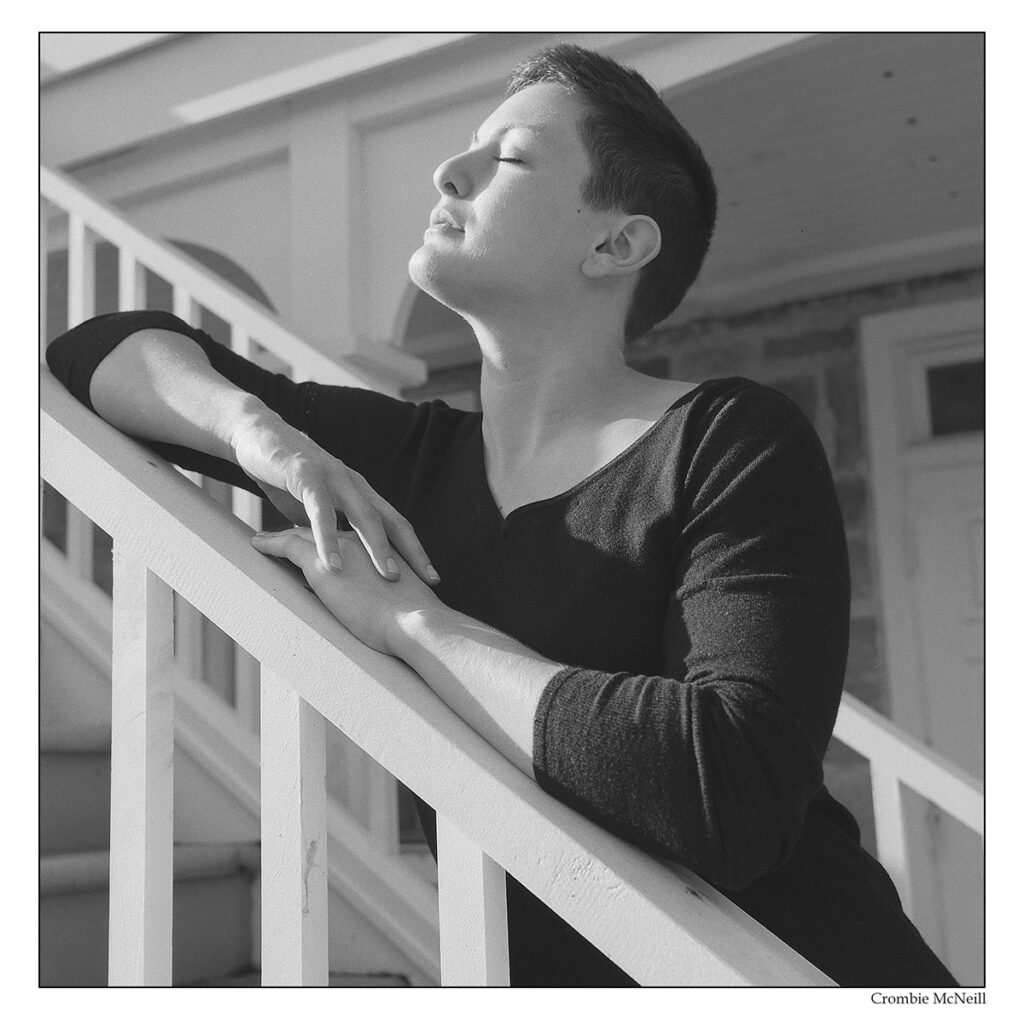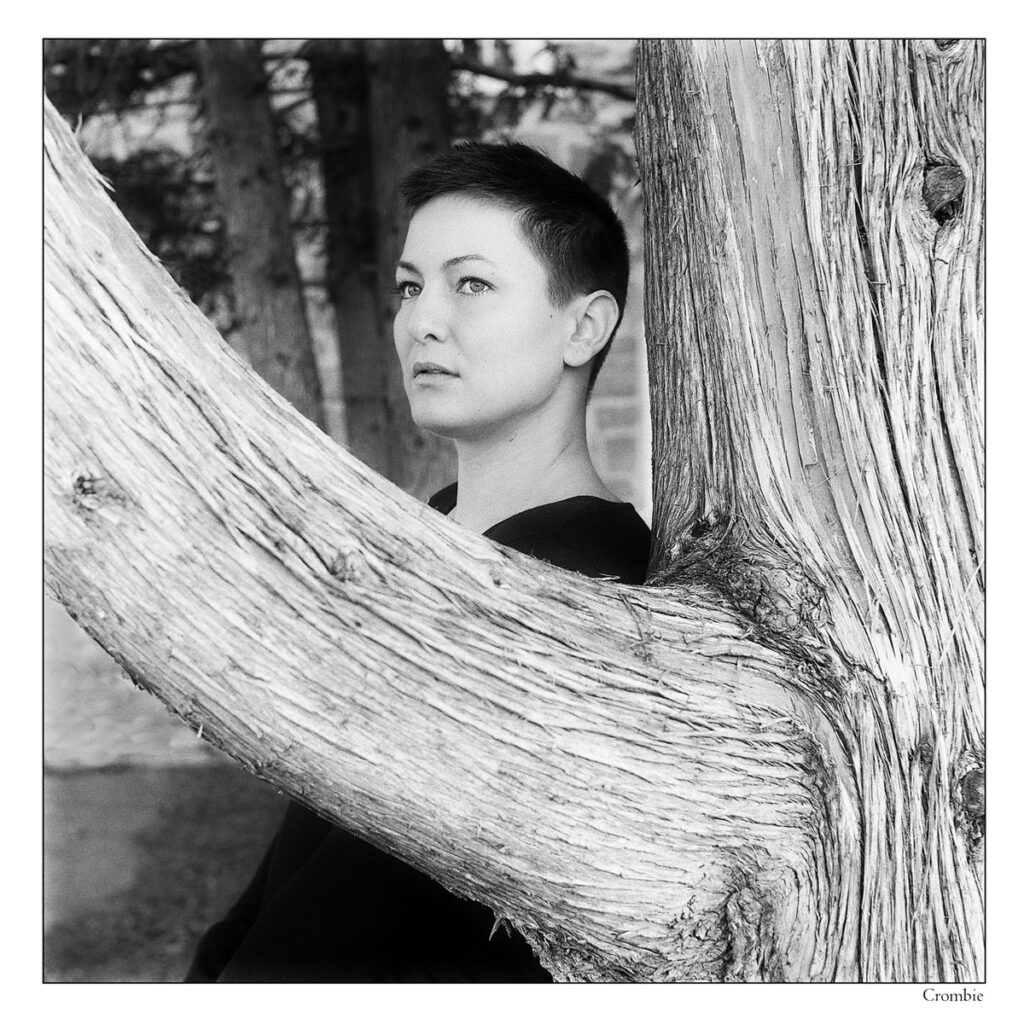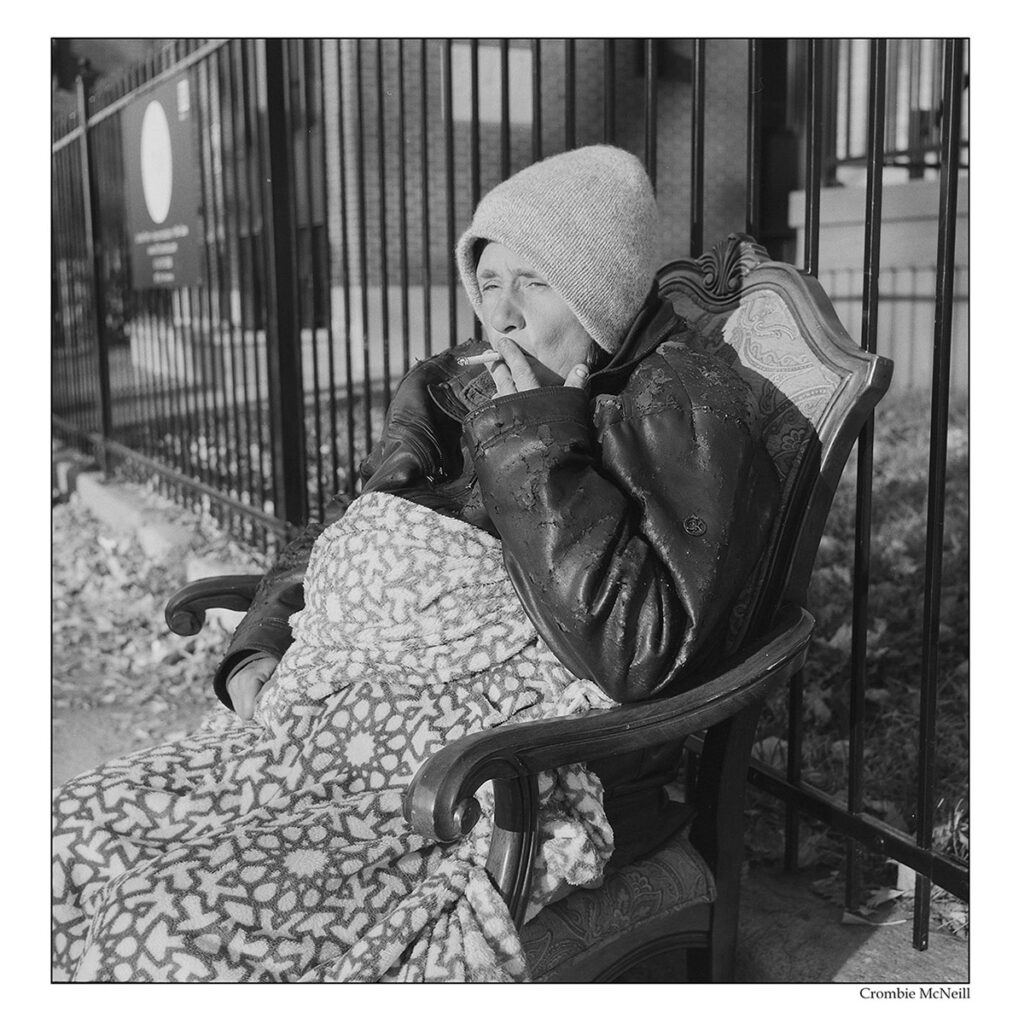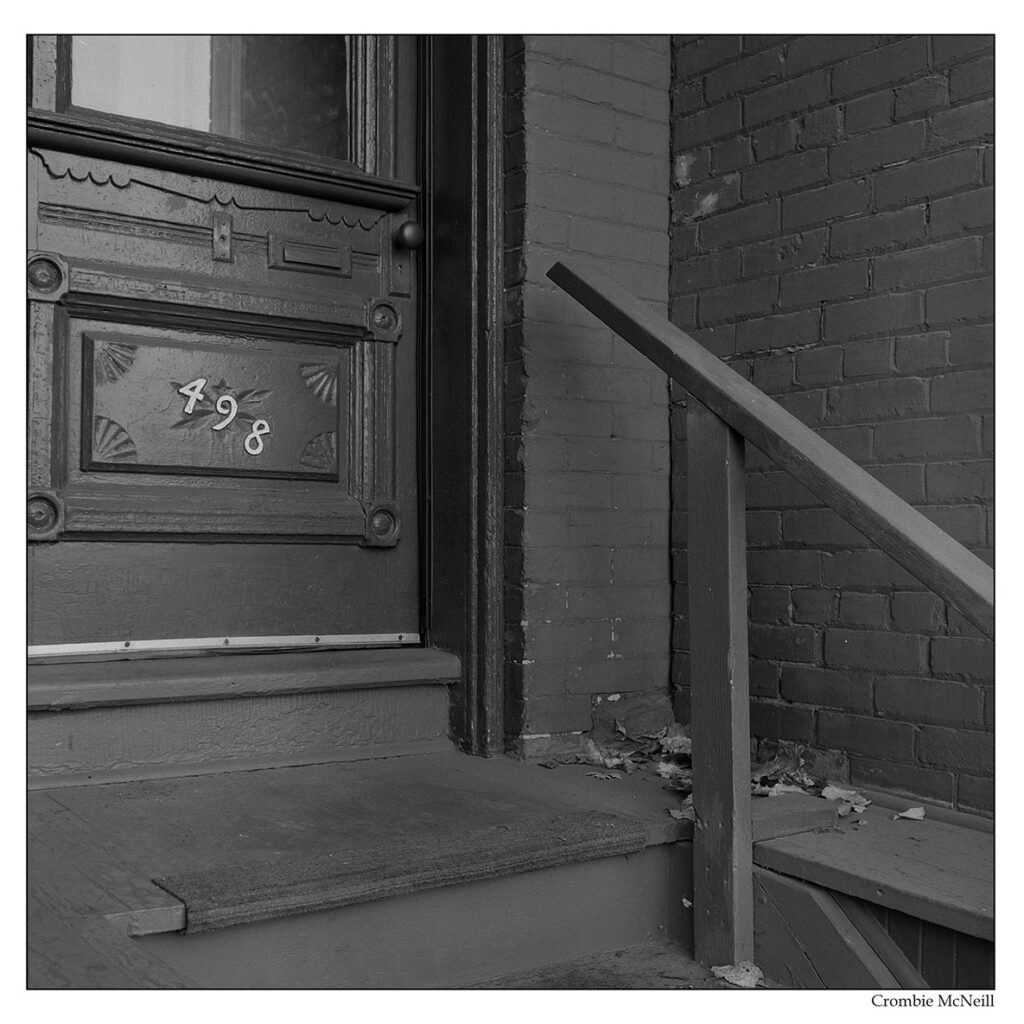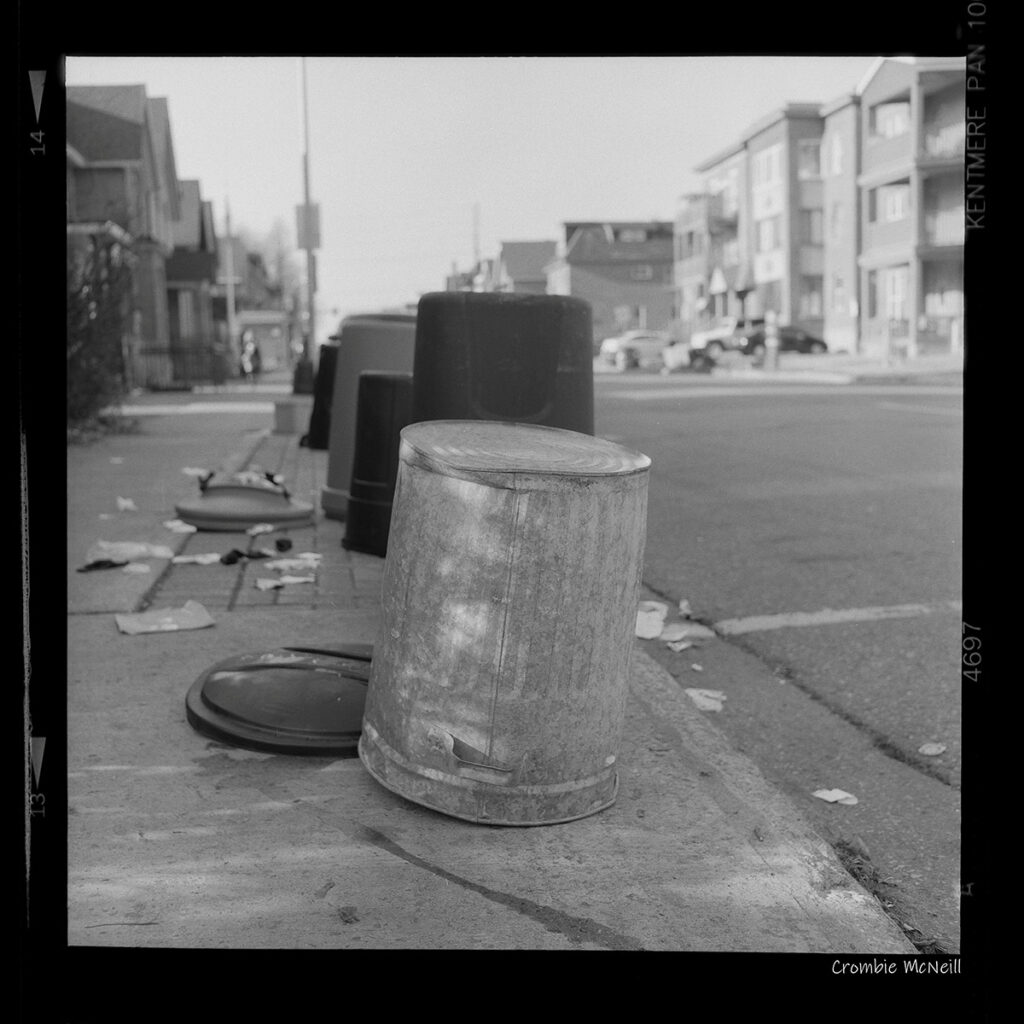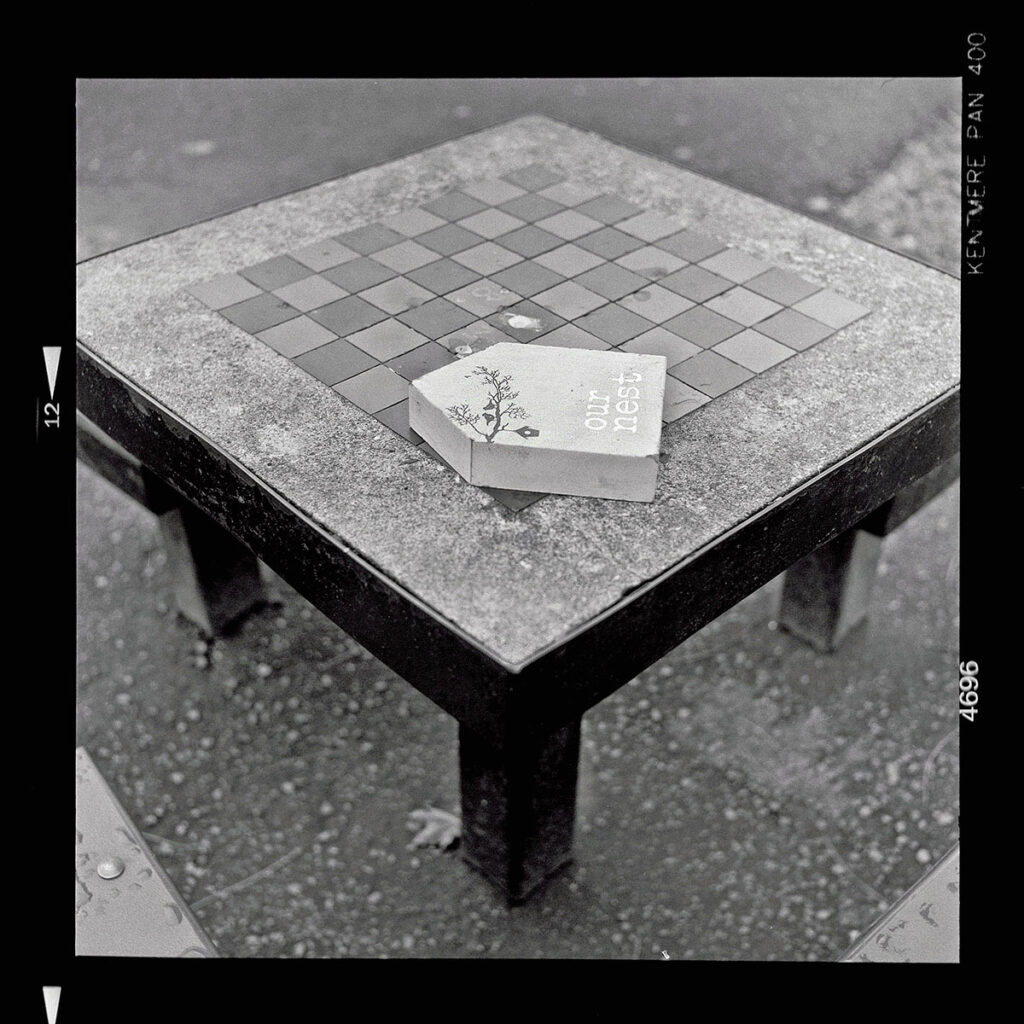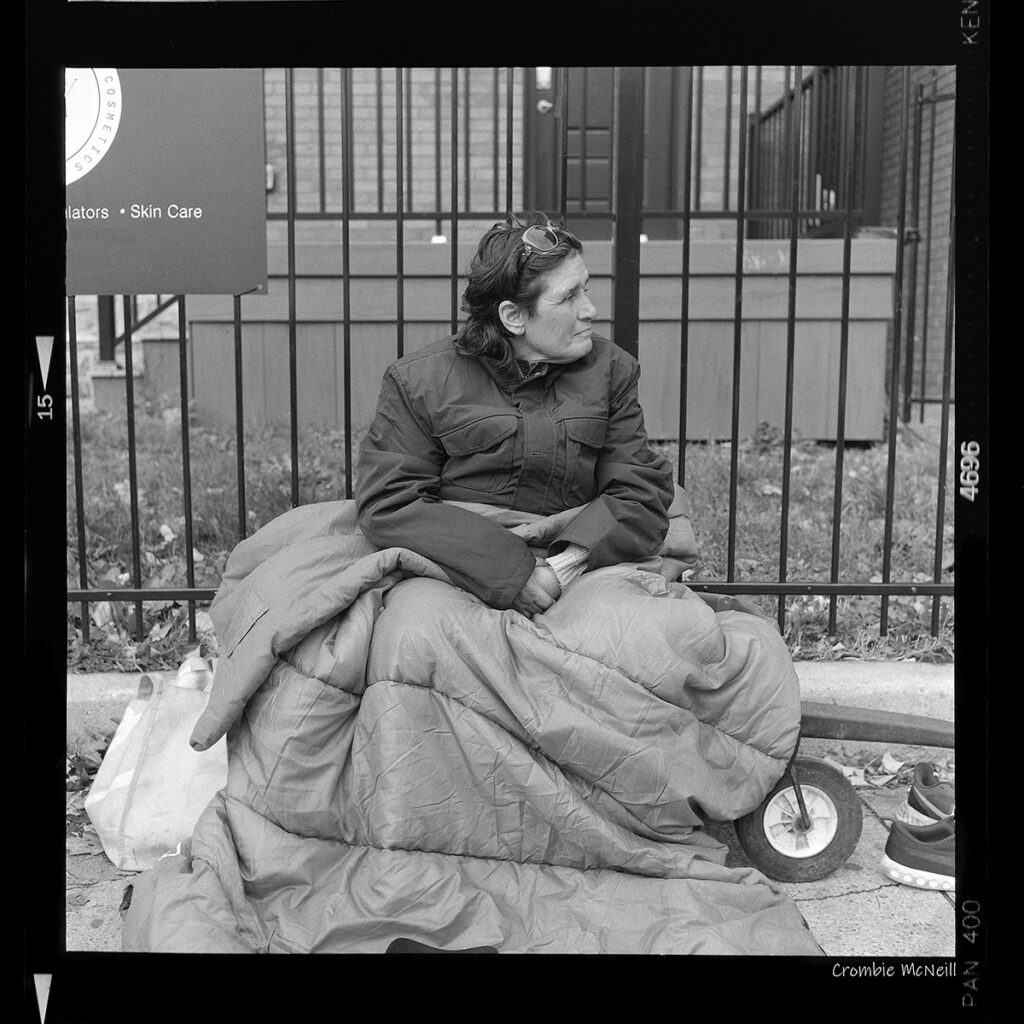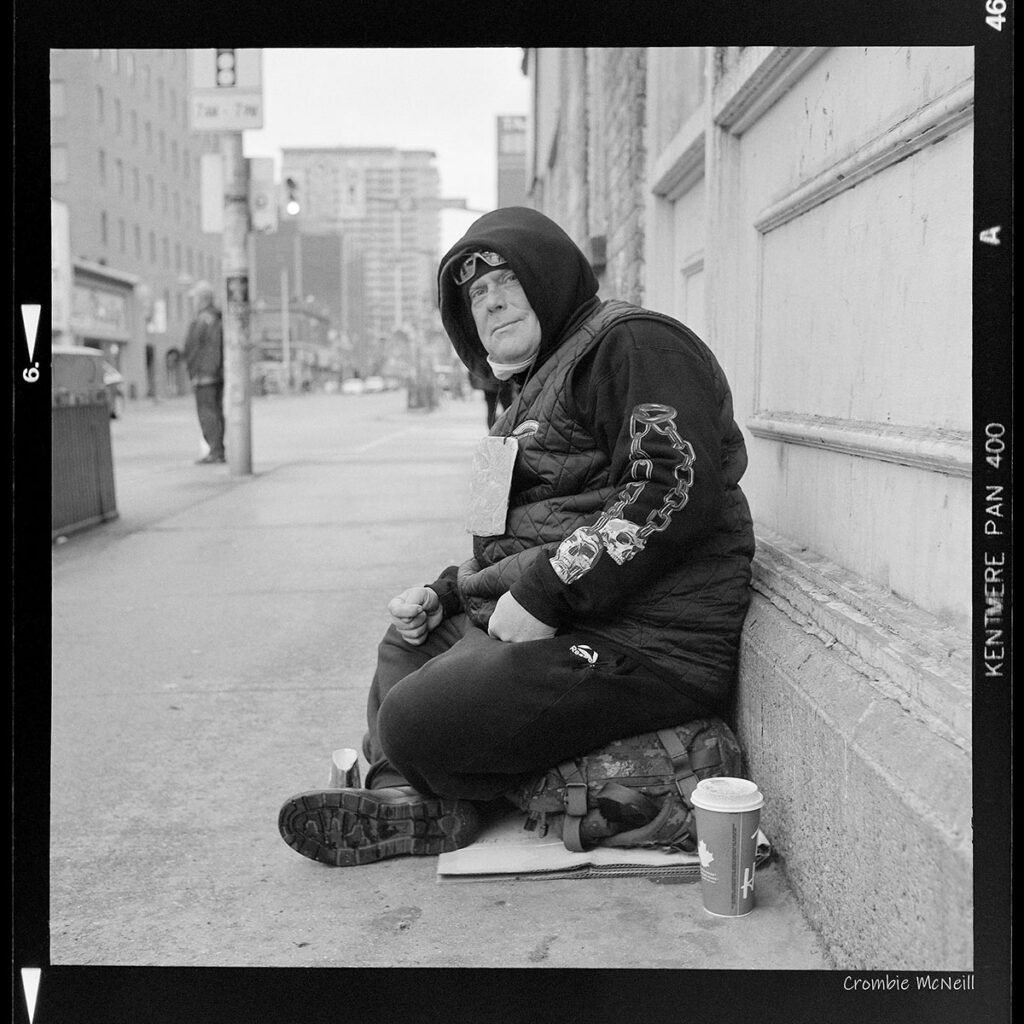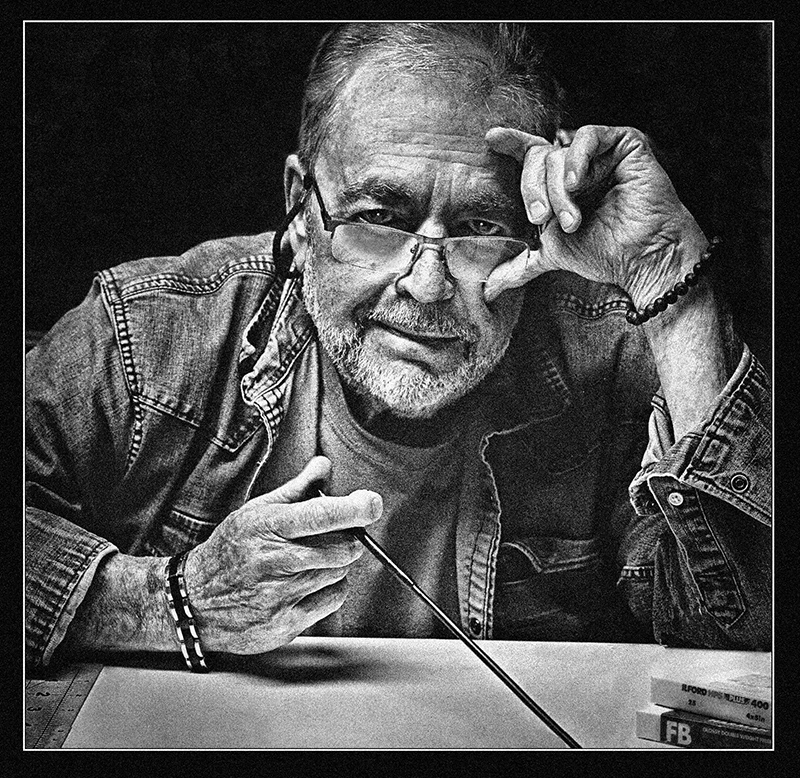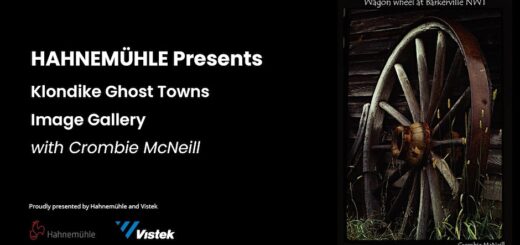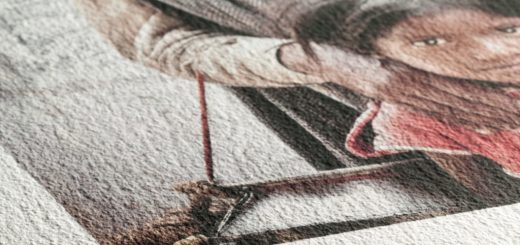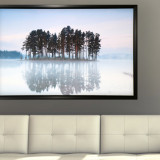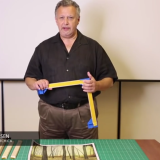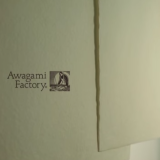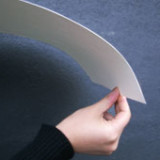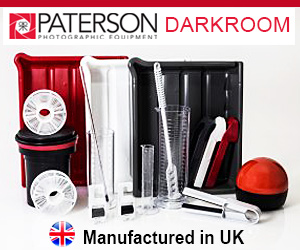Kentmere 100 and 400 120 Film Review
B&W film photography is often considered fine art. It’s characteristics are very different from digital technologies; film is silver based while digital is electronic. Full credit to digital as it has attracted an incredible number of gifted photographers. The world of photography has never been so good. Digital offers a vast number of options to be explored by serious image makers. It comes as no surprise when a discerning group of accomplished digital shooters are now discovering the unique qualities offered by film.
ILFORD has just introduced a new Kentmere 120 film, ISO 100 & 400 retailing at $7.99 and expected to be available mid-December. I was privileged to receive 2 rolls each of the 100 and 400 and was certainly keen to get out shooting with it… results are truly exceptional in my opinion. I should add there’s no post processing other than slight cropping in a couple of the shots and I did clone out some white flecks on Daniel’s black shirt; that’s it.
I’m no stranger to medium format film shooting and, in my experience, both emulsions are nothing short of spectacular!!! They offer a truly amazing dynamic range with a beautiful tonal range along with very sharp grainless images. You’d think the shots were made with a 4×5!
Kentmere 120 film, ISO 100
I developed the Kentmere 100 film in stock Microphen for 8 minutes with moderate agitation. The effective ISO in Microphen is 200. The 400 was developed in ID-11 1:1 for 10 minutes, again with moderate agitation. Oh yes, I always use distilled water for the developer since pH can be an issue with tap water.
I’m truly amazed with the 100’s ability to hold shadow and highlight details. Take a close look at the “unspectacular” street shot with the garbage cans in the foreground. It’s a bright sunny day with me on the shady side of the street. I’ve taken an incident reading with my Gossen Variosix F indicating 1/60 f8, this is the exposure I used with my f3.5 Tessar Rollieflex. The very dark green garbage pail has excellent crisp detail and, although out of focus, the highlights of the buildings in the sun are not blown out; in fact, the detail is very good.
There’s a lot of banter about which is superior, digital or film. For me it’s a no brainier. Digital is vastly more versatile boasting built in CPU’s, pinpoint accurate lightning-fast auto-focus, 10 frames per second, memory cards with infinite capacity, results are immediate, shoot colour or B&W and everything in between all on the same card.
Kentmere 120 film, ISO 400
Despite this there’s a growing number of digital shooters desiring complete personal creative control. They’re attracted to having a physical negative vs. invisible pixels. They’re finding the tactile photographic experience more gratifying, relying on their judgment rather than a CPU. Film and processing are physical processes which have archival properties which vastly exceed digital image files. Film is a far more personal artform with correspondingly more pride in making a great shot.
To set the record straight I’m an enthusiastic advocate of digital with 3 bodies and a compliment of lenses. But my true love is the B&W silver image.
Good shooting to one and all during the upcoming holiday season!
About the Author – Crombie McNeill
Crombie McNeill is a unique artist. He’s a world travelled photographer with numerous awards and has been recognized as one of the best editorial photographers in North America. His credits include Time, Newsweek, ELLE, Life, National Geographic, Sports Illustrated, Chatelaine, Paris Match, McLean’s, En Route to name but a few.
His Odyssey lead him from the Arctic to high fashion magazine shoots to Olympic Games, World Cup events, the depths of the Great Barrier Reef to the altitude with the Snow Birds, interwoven with civil war in Africa, Royalty, presidents to paupers world wide. Not to mention frozen toes at the North Pole.
His photography has been exhibited in galleries across Canada, the United States and Europe and has three books to his credit.
Not one to leave behind the uniqueness of traditional film he’s evolved a blending of photography with both hand applied and computer processing to produce truly unique images.
“The art of photography for me” says Crombie “is to convey a timeless essence with a hint of mystery”.
The National Archives predicts he will be credited as one of Canada’s most significant photographers and is on the list for The Order of Canada. The National Art Gallery of Canada has some of his fine art b&w prints included in their permanent collection.
Crombie is now happily retired, in that he no longer accepts editorial or commercial assignments He now lives in Aylmer, with his wife Sue. “This retirement”, he’s delighted to says, “allows me the freedom to search for those magical b&w images, and to determine the ideal technique by which it should be captured and presented.
Crombie often returns to the peaceful amber glow of his wet darkroom as a respite from his extensive digital lab and art board.
Please enjoy!


